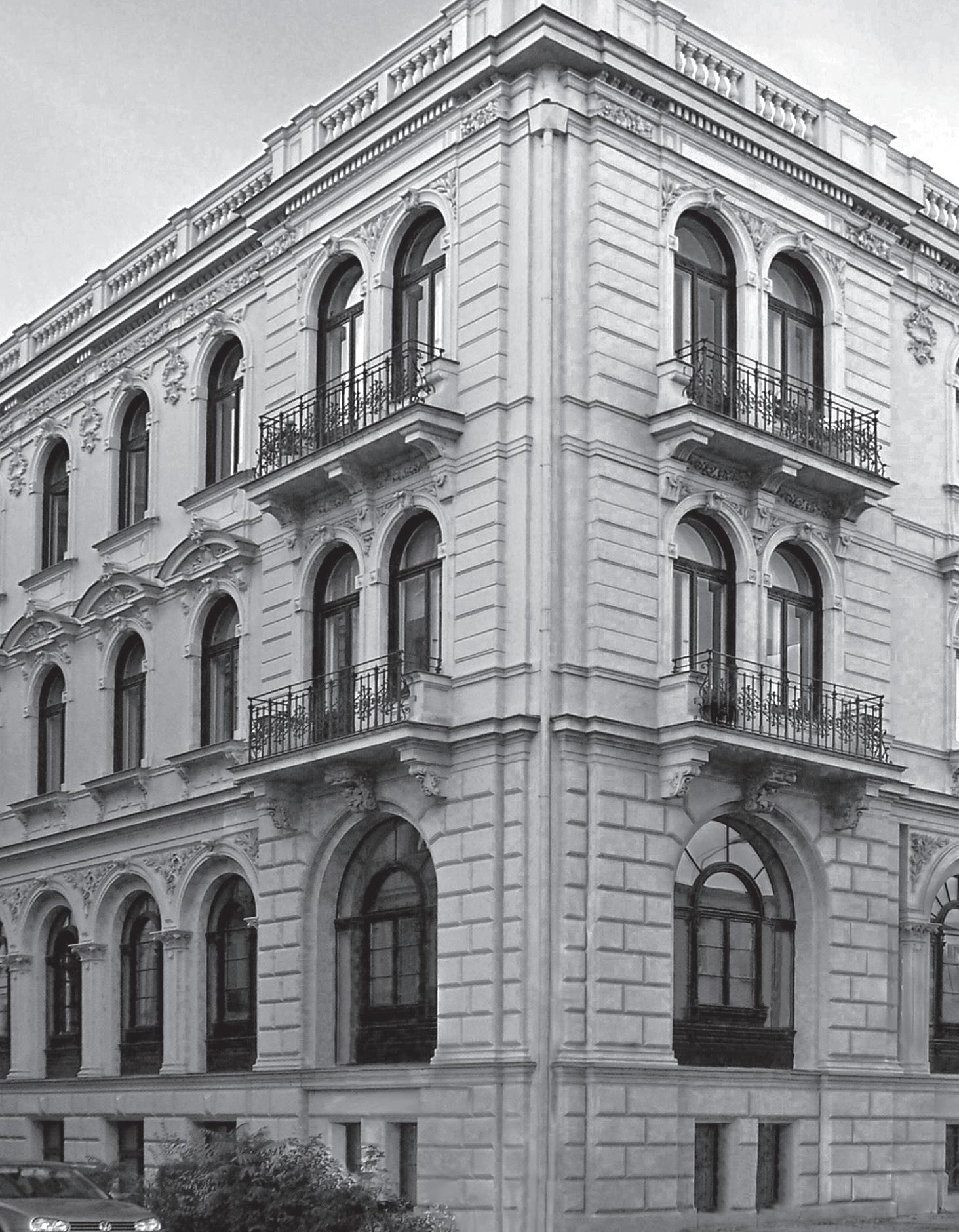TSAO
Refuse Collection for Ensemble Score


Refuse Collection for Ensemble Score

First performance on 12th October 2017 at Akademie der Künste Berlin Ensemble KNM Berlin conducted by Stefan Schreiber
Instrumentation
Flute – also Piccolo (sounding one octave higher than written)
kkkkkkkkkkkkkkk
English horn
Clarinet in Bb
Bass clarinet in Bb
Bassoon – also Contrabassoon (sounding one octave lower than written)
Horn in F – with straight and cup mutes
Trumpet in C – with straight, cup and plunger mutes
kkkkkkkkkkkkkkk
Trombone – with straight, cup and plunger mutes
Percussion 1
(withmetalrod)
(cello)
Vibraphone – with fully functioning motor
Xylophone (sounding one octave higher than written)
3 timpani drums
Large tam-tam
Large suspended cymbal
2 double-headed tom-toms
Snare drum
2 bass bows
Superball mallet
Reibestock (threaded wooden dowel)
Metal rod of medium thickness
Percussion 2
Clarinet in B b (also Bass clarinet in B b )
crotales for trumpet
Vibraphone – with fully functioning motor
Trumpet in C (straight, plunger and cup mutes, one thick metal wire
Glockenspiel (sounding one octave higher than written)
2 timpani drums
Large suspended cymbal
Triangle
Snare drum
Tambourine
Large bass drum
2 bass bows
Superball mallet
hanger and a cello or bass bow) Plus 2 crotales suspended in front of the performer for ease of striking.
for trumpet
crotales for trumpet
crotales for trumpet
Te crotales are tuned to the following pitches
Trombone (with straight, plunger and cup mutes, one thick metal wire clothes hanger and a cello or bass bow) Plus 2 crotales suspended in front of the performer for ease of striking.
crotales for tbn
crotales for tbn
Te crotales are tuned to the following pitches
Piano (with sostenuto pedal, plectrum and rubber hammer)
Four strings detuned by one quarter-tone
piano detuning
for tbn
detuning
Piano – with sostenuto pedal, plectrum, metal beater, rubber hammer and superball mallet.
piano detuning piano crotales
Plus 12 crotales mounted on a board and arranged in front of the performer (on the piano above the keyboard).
Te crotales are tuned to the following scale of pitches
piano crotales
Harmonium with the following range: ?
crotales
crotales
Violin 1
Violin 2
Viola
Guitar – Classical guitar and electric guitar with Whammy Bar, volume pedal, tremolo, distortion and delay efects, (all independently controlled with a footswitch), glass slide, ebow. Te classical guitar may require amplifcation.
Electric guitar scordatura
crotales for tbn piano detuning piano crotales guitar crotales Percussion
Guitar – Electric guitar with whammy bar, volume pedal, distortion, chorus, fanger, delay, octave pedal (Electro Harmonix POG2) and tremolo efects (all independently controlled by a footswitch), glass slide, one fnely threaded metal rod and E-bow. It is important to use analog instead of digital efects.
Scordatura: one halfone lower for each string
Violoncello
Double Bass with low C extension (sounding one octave lower than written)
Violin 2 is written at sounding pitch with the exception of fngered harmonics which are written at fngered pitch.
Te score is in C
uuuuuuuuuuuuuuuuuuuuuuuuuuuuuuuuuuuuuuuuuuuuuuuuuuuuuuuuuuuuuuuuuuuu uuuuuuuuuuuuuuuuuuuuuuuuuuuuuuuuuuuuuuuuuuuuuuuuuuuuuuuuuuuuuuuuuuuu uuuuuuuuuuuuuuuuuuuuuuuuuuuuuuuuuuuuuuuuuuuuuuuuuuuuuuuuuuuuuuuuuuuu uuuuuuuuuuuuuuuuuuuuuuuuuuuuuuuuuuuuuuuuuuuuuuuuuuuuuuuuuuuuuuuuuuuu uuuuuuuuuuuuuuuuuuuuuuuuuuuuuuuuuuuuuuuuuuuuuuuuuuuuuuuuuuuuuuuuuuuu uuuuuuuuuuuuuuuuuuuuuuuuuuuuuuuuuuuuuuuuuuuuuuuuuuuuuuuuuuuuuuuuuuuu

For more than 200 years, Edition Peters has been synonymous with excellence in classical music publishing. Established in 1800 with the keyboard works of J. S. Bach, by 1802 the company had acquired Beethoven’s First Symphony. In the years following, an active publishing policy enabled the company to expand its catalogue with new works by composers such as Brahms, Grieg and Liszt, followed in the 20th century by Richard Strauss, Arnold Schoenberg and John Cage.
Today, with its offces in Leipzig, London and New York publishing the work of living composers from around the world, Edition Peters maintains its role as a champion of new music. At the same time, the company’s historic and educational catalogues continue to be developed with awardwinning critical and pedagogical editions.
Seit über 200 Jahren steht die Edition Peters für höchste Qualität im Bereich klassischer Notenausgaben. Gegründet im Jahr 1800, begann der Verlag seine Tätigkeit mit der Herausgabe von Bachs Musik für Tasteninstrumente. Schon 1802 kamen die Rechte an Beethovens erster Sinfonie hinzu. In der Folgezeit wuchs der Katalog um neue Werke von Komponisten wie Brahms, Grieg und Liszt sowie – im 20.Jahrhundert – Richard Strauss, Arnold Schönberg und John Cage.
Als Verleger zahlreicher zeitgenössischer Komponisten aus aller Welt ist die Edition Peters mit ihren Standorten Leipzig, London und New York auch weiterhin Anwalt neuer Musik. Zugleich wird das Verlagsprogramm im klassischen wie im pädagogischen Bereich kontinuierlich durch vielfach preisgekrönte Ausgaben erweitert.